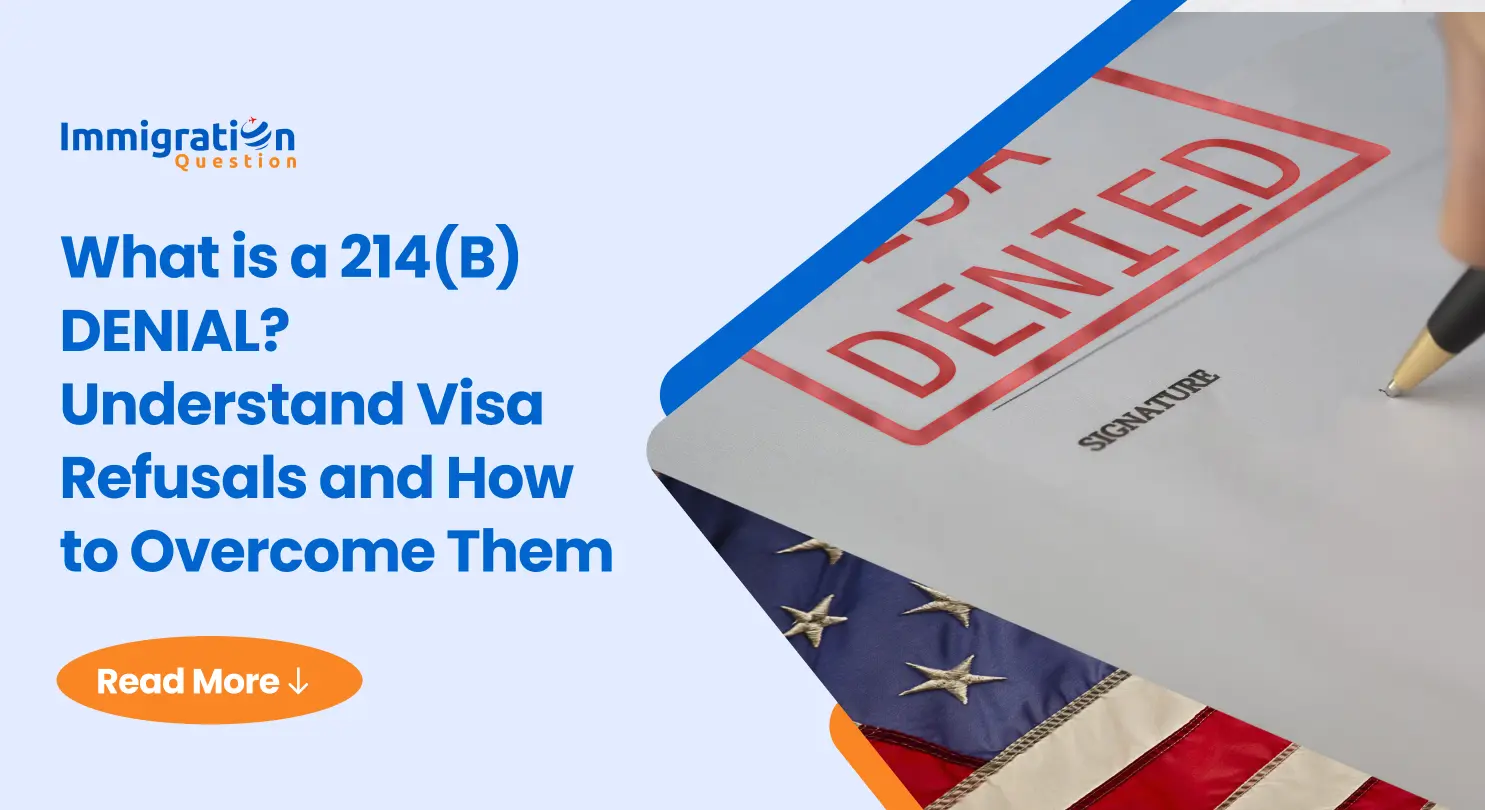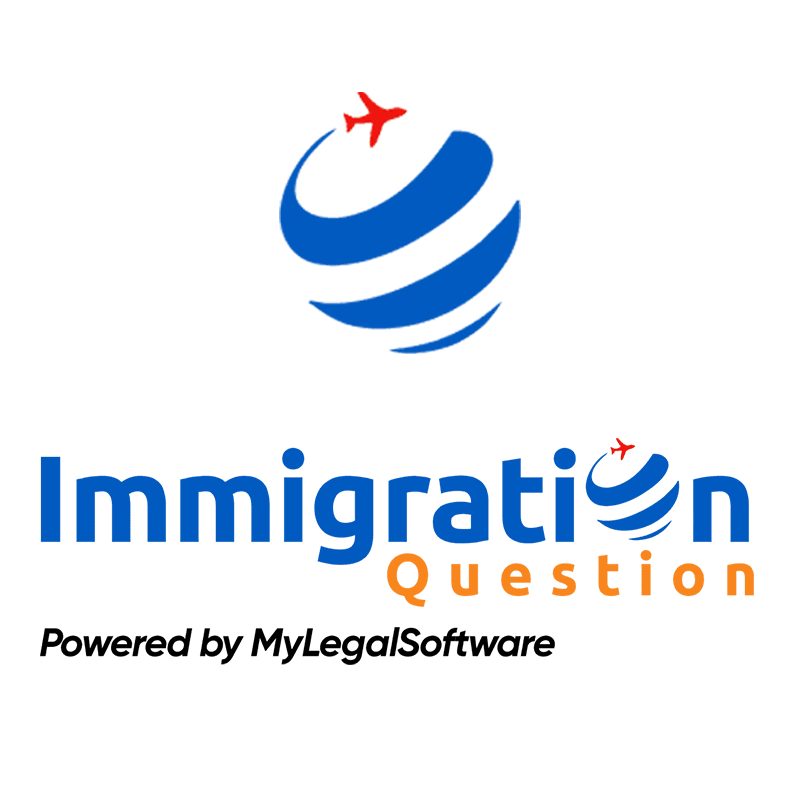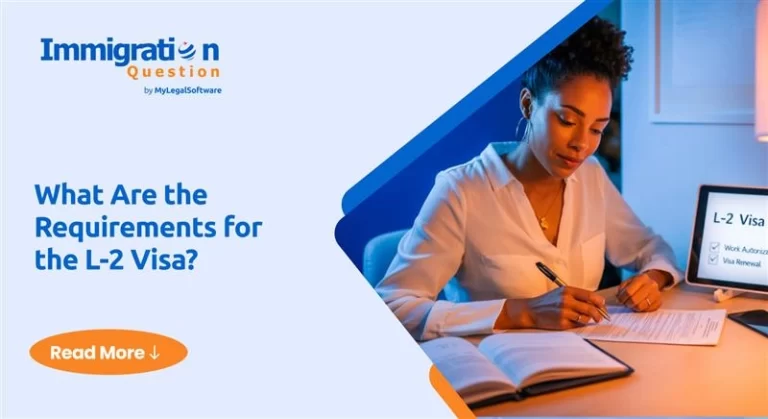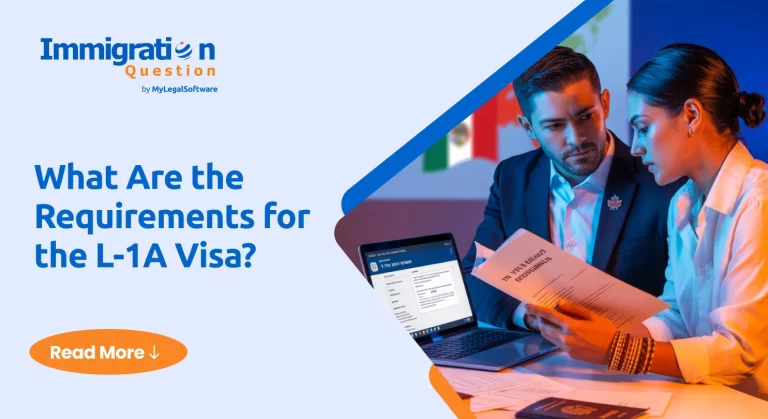Facing a visa denial can be frustrating, especially when you don’t understand why it happened. Among all visa rejections, a 214(B) denial is one of the most common yet misunderstood reasons.
If you’ve received this type of refusal, you’re not alone—thousands of applicants face this challenge every year. But what exactly does it mean, why does it happen, and—most importantly—can it be overcome?
This guide will walk you through everything you need to know about 214(B) denials and practical steps to improve your chances of success.
What Does a 214(B) Denial Mean?
Section 214(B) of the Immigration and Nationality Act (INA) presumes that all applicants for nonimmigrant visas are intending immigrants unless they can convince the consular officer otherwise. This means the law assumes you plan to stay permanently in the United States unless you can convince the consular officer otherwise.
A 214(B) denial isn’t a permanent rejection or ban. Instead, it indicates that the consular officer wasn’t convinced that you would return to your home country after your temporary stay in the U.S. is granted.
The burden of proof falls on you as the applicant. You must demonstrate that you have strong ties to your home country and that your visit to the United States will be temporary, regardless of whether you’re applying for a tourist, student, or business visa.
Rejected under 214(b)? Don’t give up! Connect with Immigration Question’s network of experienced immigration attorneys who understand visa refusals and know exactly how to address your specific case. Get personalized guidance today for your next application.
What are the Common 214b Rejection Reasons?
U.S. consular officers don’t always offer detailed explanations for 214 b visa rejections, but common patterns do come up in rejection cases. Here are some of the most frequent 214b rejection reasons:
Insufficient ties to your home country: This is the primary reason for 214(B) denials. Consular officers look for evidence that you have compelling reasons to return home, such as:
- Family obligations
- Property ownership
- Stable employment or business
- Educational commitments
Unclear purpose of travel: If your stated reason for visiting the U.S. seems inconsistent or vague, it raises red flags. The officer needs to understand exactly why you’re traveling and how it aligns with your overall life situation.
Financial concerns: If you can’t demonstrate sufficient funds to cover your stay or if your financial situation seems unstable, the officer may doubt your intentions.
Previous immigration violations: If you’ve overstayed a prior visa or violated U.S. immigration laws, this could weigh against your current application.
Poor interview performance: Inconsistent answers or inability to clearly explain your travel plans can lead to denial.
What 214 B Visa Rejection Means for Applicants
Receiving a 214 b visa rejection means your current application has been denied, but it doesn’t permanently bar you from applying again. Here’s what you should know about your case:
Record in the system: Yes, the denial is recorded in the immigration system, and you must disclose it in future applications.
Not a permanent ban: Unlike some other grounds of inadmissibility, a 214(B) refusal doesn’t impose a mandatory waiting period before reapplication.
Future applications: While the rejection doesn’t automatically disqualify you from future applications, you’ll need to address the reasons for the previous denial to improve your chances of success.
The standard 214 b visa rejection means the consular officer has determined that you haven’t overcome the presumption of immigrant intent. The rejection letter typically contains language stating that you “did not demonstrate strong ties outside the United States” or that you “failed to overcome the presumption of immigrant intent.”
How can you Overcome a 214(B) DENIAL?
If you’ve experienced a 214 b refusal, take these steps before reapplying:
Wait for circumstances to change: Don’t rush to reapply immediately unless your situation changes significantly. New evidence or developments in your life circumstances are key to a successful reapplication.
Strengthen ties to your home country: Focus on demonstrating stronger connections, such as:
- Career advancement or new employment
- Property acquisition
- Family responsibilities
- Educational enrollment
Improve documentation: Prepare a comprehensive package that clearly shows your ties to your home country and the temporary nature of your planned visit.
Prepare for the interview: Practice answering potential questions clearly and confidently. Be ready to explain the purpose of your trip and your plans to return home.
Consider professional help: An immigration attorney experienced with 214 b visa refusal cases can provide valuable guidance tailored to your specific situation.
How to Avoid a 214 B Refusal (if You’ve Never Gotten One)?
Prevention is always better than having to overcome denial. Here’s how to minimize your chances of receiving a 214 b visa rejection:
Document strong ties: Gather compelling evidence of your connections to your home country, including property deeds, employment letters, family certificates, and bank statements.
Prepare a clear travel narrative: Be ready to explain exactly why you’re traveling, how long you’ll stay, and why you’ll return home afterward. Avoid generic answers like “I just want to see the U.S.” Instead, offer a clear narrative about your trip’s purpose and why you will return home.
Be honest and consistent: Ensure all information in your application and interview responses matches previous applications and your actual circumstances.
Final Thoughts
A 214(B) denial doesn’t mean your dreams of visiting or studying in the U.S. are over. It simply means that your current application didn’t meet the legal standards under U.S. immigration law.
By understanding what went wrong, gathering stronger evidence, and seeking legal guidance, you can increase your chances of success the next time you apply. Visit Immigration Question today to get all your questions answered and connect with an attorney who can help you overcome the 214(B) denial.
Frequently Asked Questions
-
How soon can I reapply after a 214(B) visa rejection?
There’s no mandatory waiting period, but it’s advisable to wait until you can demonstrate significant changes in your circumstances.
-
Do I need to disclose previous 214(B) denials on new applications?
Yes. Honesty is critical. All prior refusals are on record and must be disclosed.
-
Can a 214(B) visa refusal affect future immigration applications?
Not necessarily, but a pattern of denials can raise concerns. Always address the root causes.
-
How can I prove strong ties to my home country?
Through documentation of property ownership, family obligations, stable employment or business interests, and ongoing educational or professional commitments.



![Top 5 Immigration Questions People Asked Online This Week [May 30, 2025]](https://blog.immigrationquestion.com/wp-content/uploads/2025/05/top-5-immigration-questions-people-asked-online-this-week-may-30-2025-768x419.webp)





